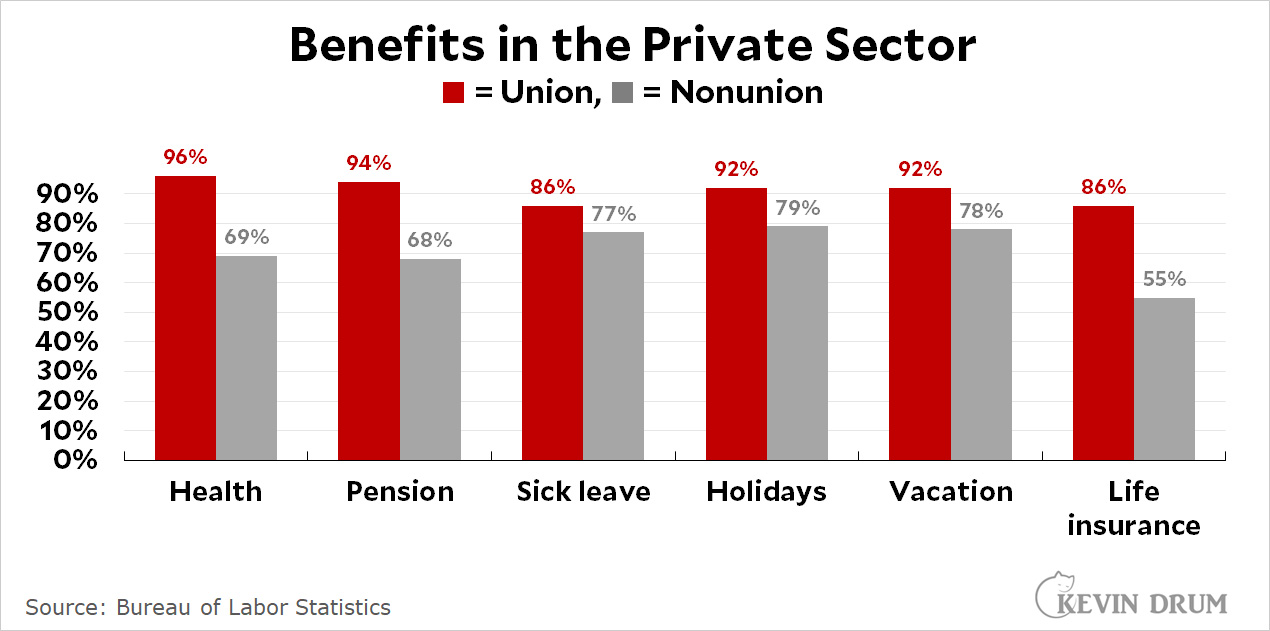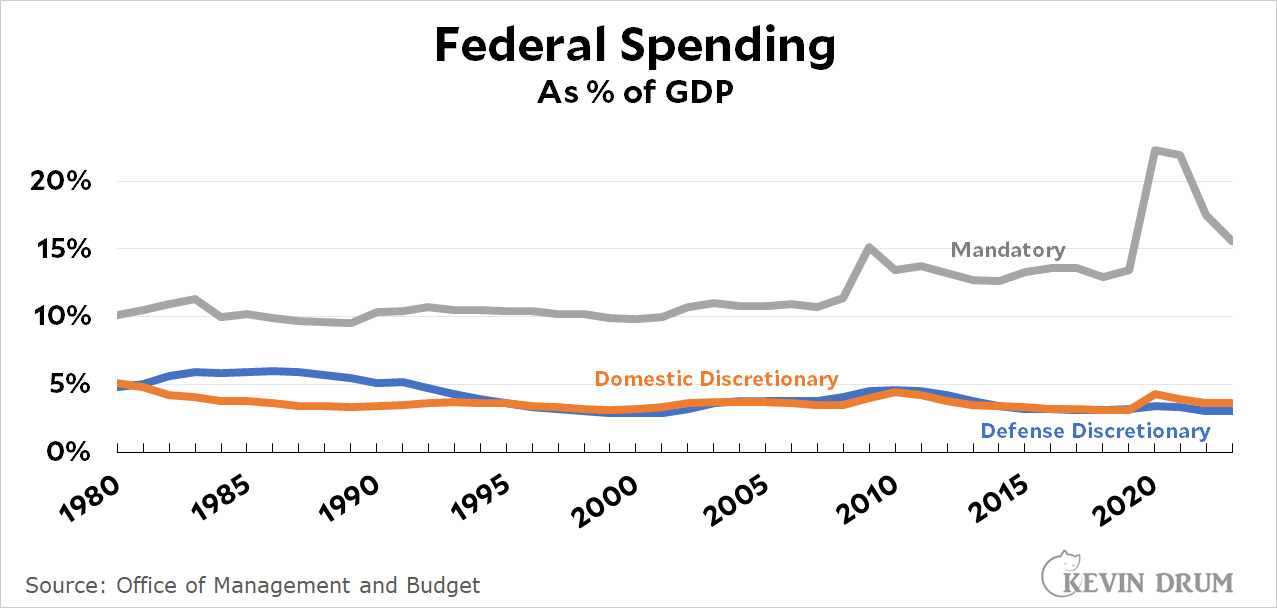UPDATE: This turns out to be a lab screwup. Ignore it. Actual results here.
Today brings some very good news indeed—I think:
 According to my latest lab tests, I no longer have any detectable level of M-protein. This is unexpected, since in June it seemed as if my CAR-T response had plateaued. But no. I'm just a slowpoke. Instead of the usual six weeks to a complete cure, it took me five months.
According to my latest lab tests, I no longer have any detectable level of M-protein. This is unexpected, since in June it seemed as if my CAR-T response had plateaued. But no. I'm just a slowpoke. Instead of the usual six weeks to a complete cure, it took me five months.
But I'm not quite ready to celebrate yet. When the test results came back, there was no report of M-protein at all. After some annoying back-and-forth with my doctor's office, I finally got a note saying that the lab doesn't return a result if no M-protein is detected. I'm just a little bit dubious of this, so I'm going to wait for next month's results before I feel absolutely sure that the cancer is gone.
That said: I'm apparently cancer free! No more multiple myeloma. I've had a "complete" response to the CAR-T, and further tests down the road related to something called kappa and lambda light free chains will tell me if I've had a "stringent complete" response—the best possible.
This is not likely to be a permanent remission, since "undetectable" doesn't actually mean zero, but it should keep me free of multiple myeloma for at least two or three years without chemotherapy. Hooray!









